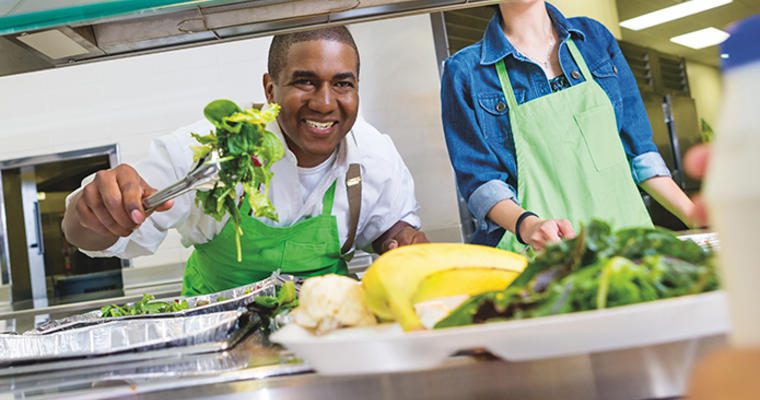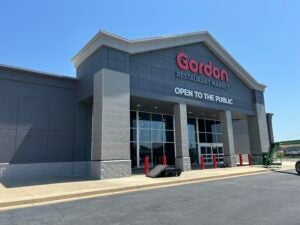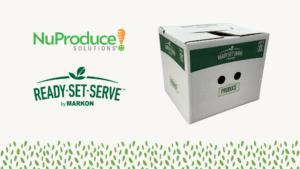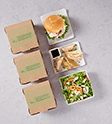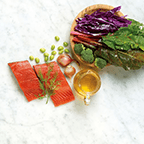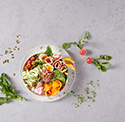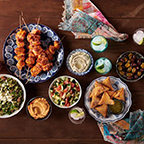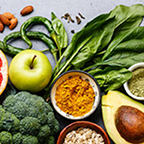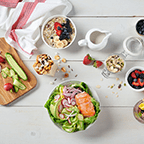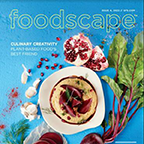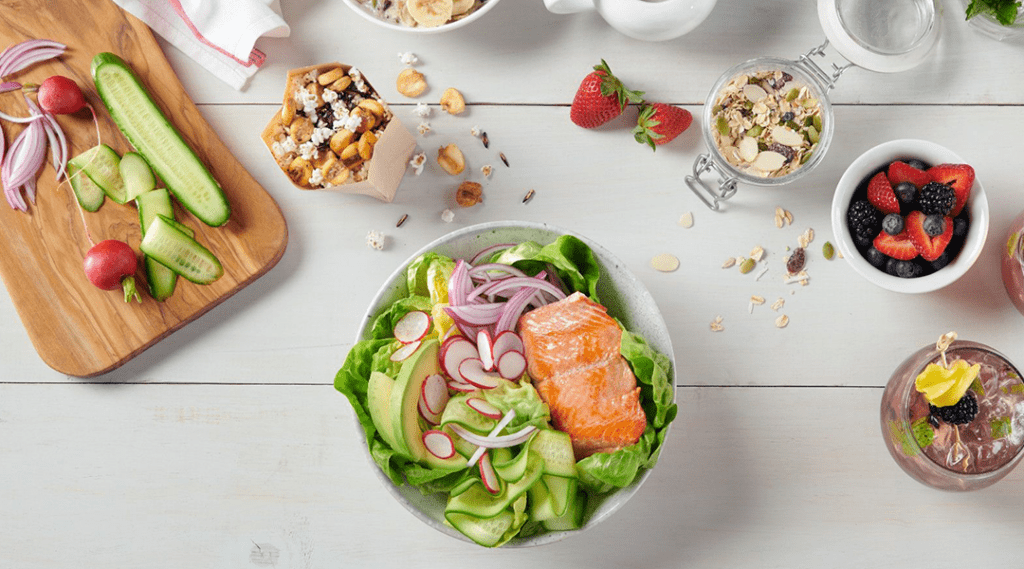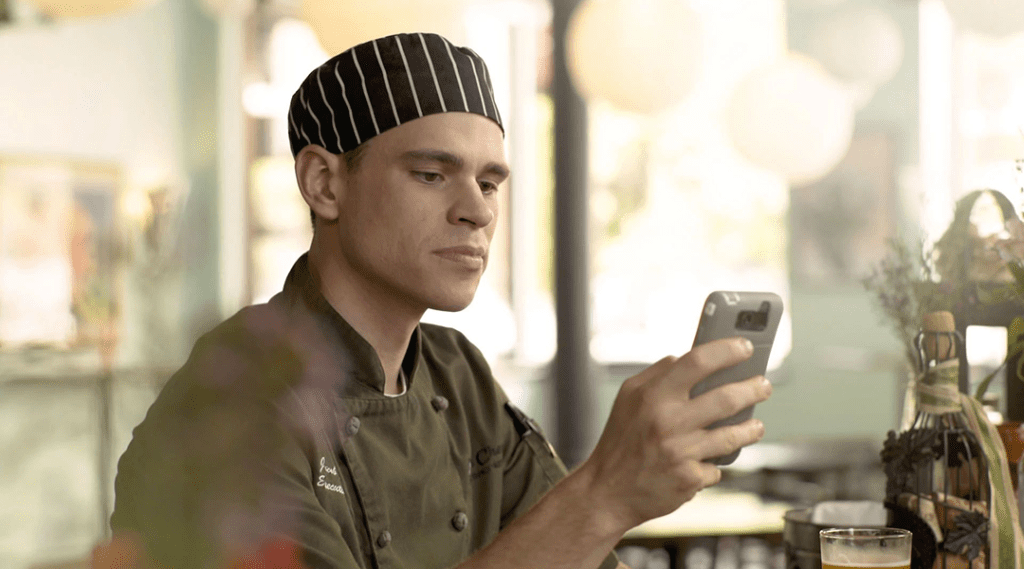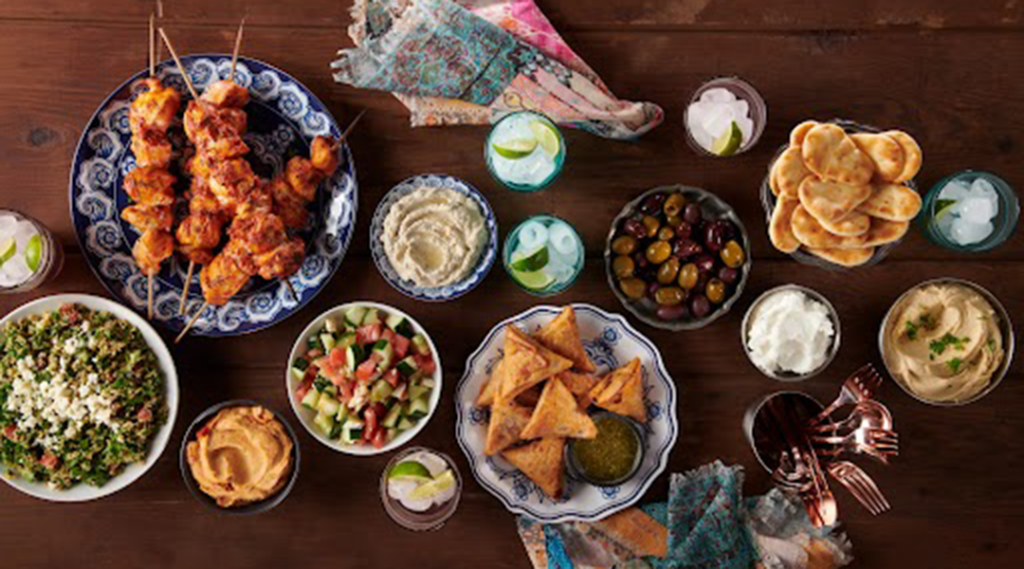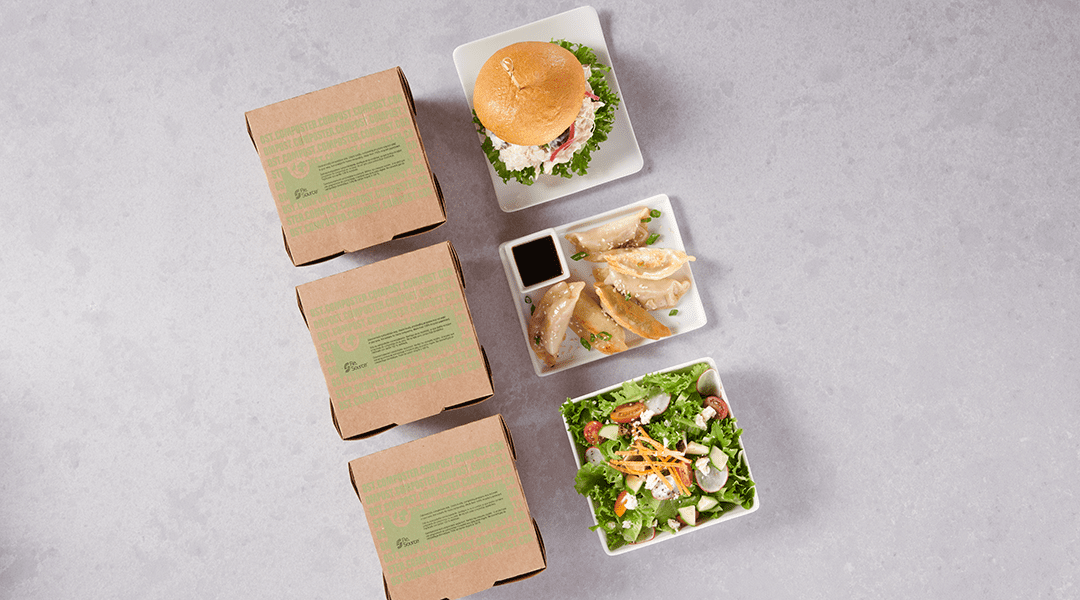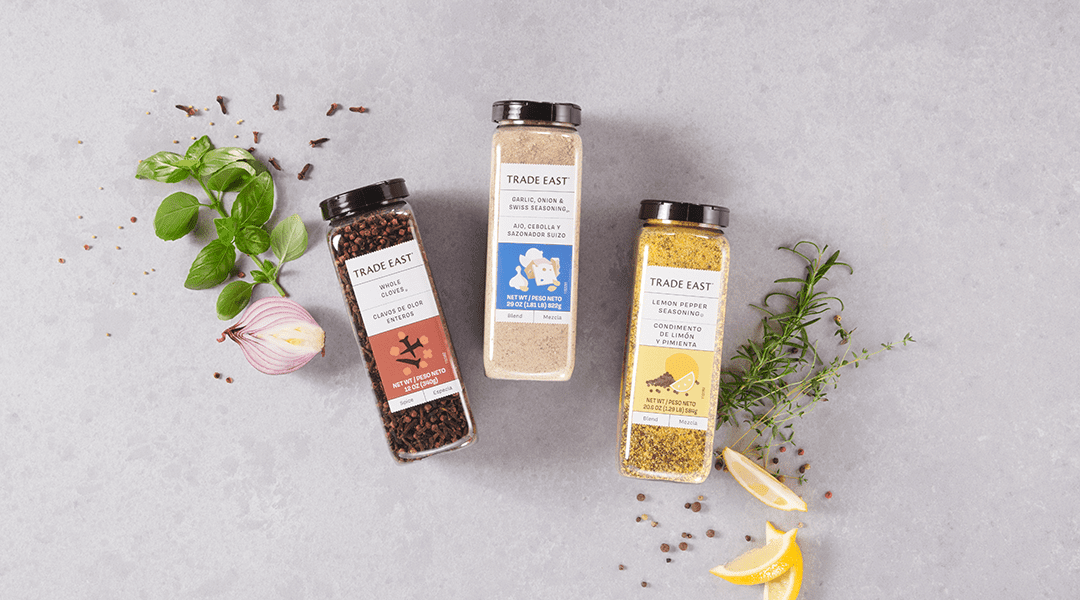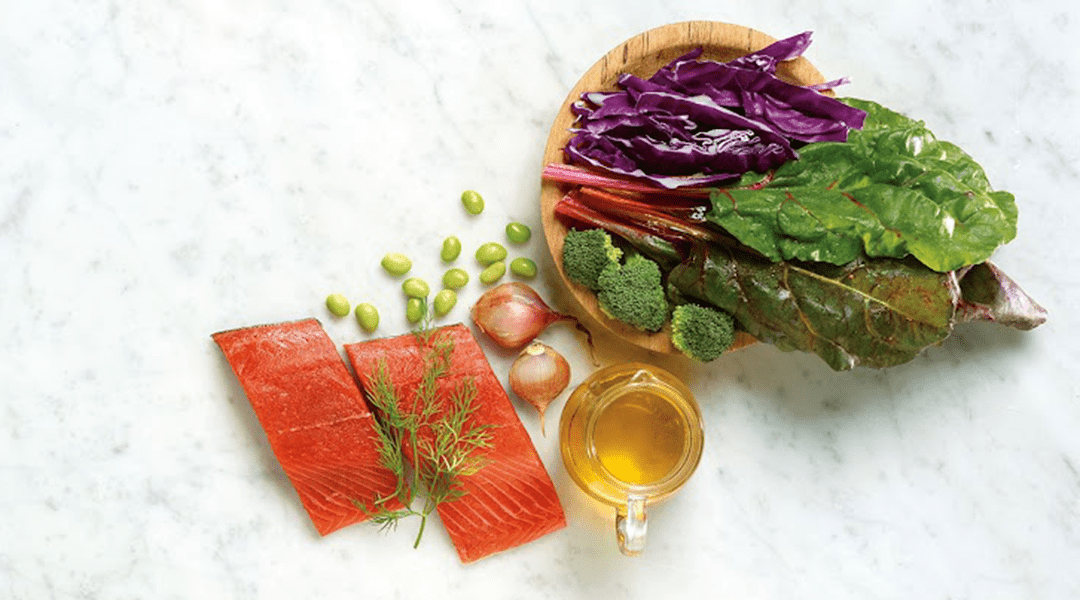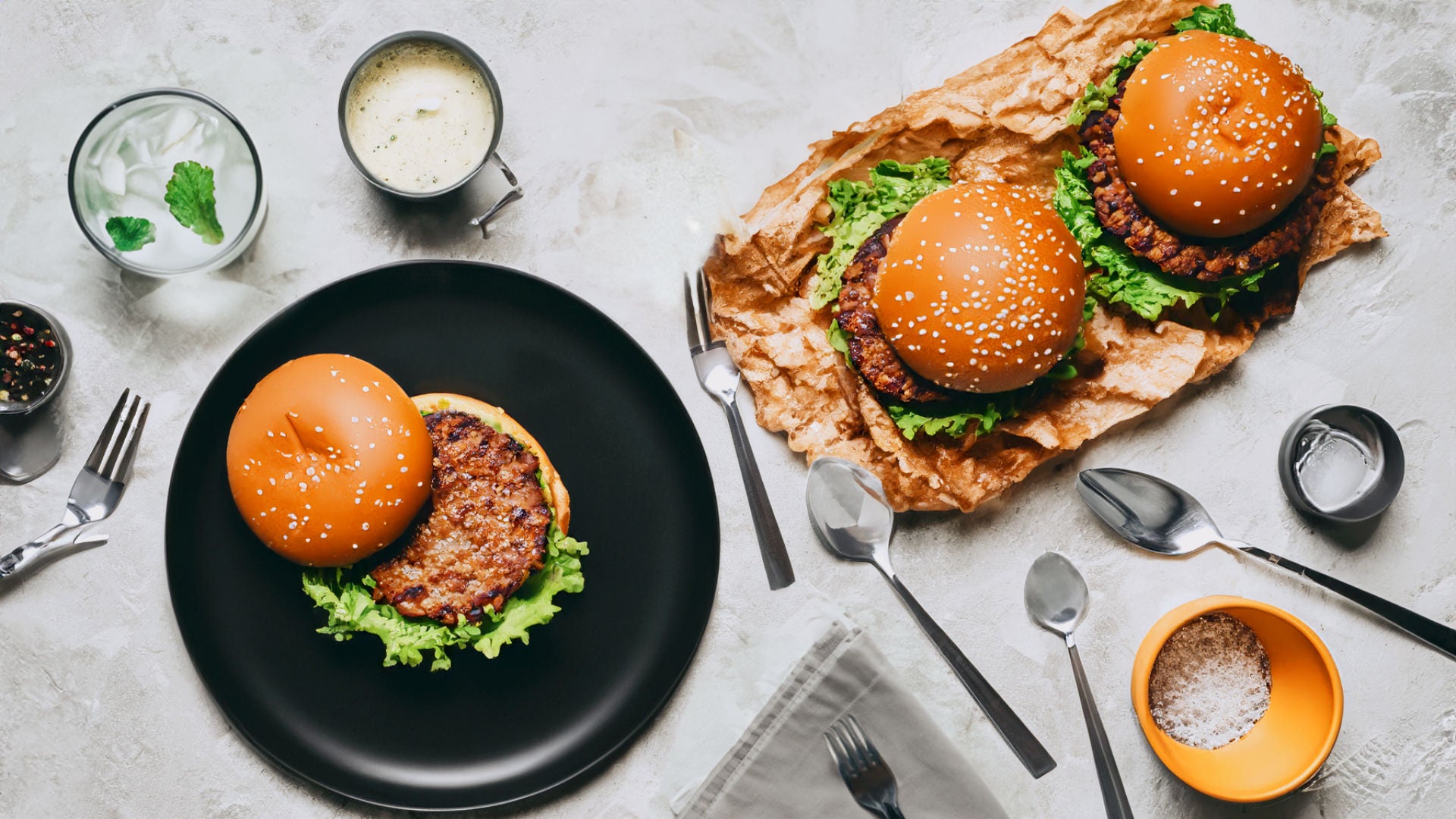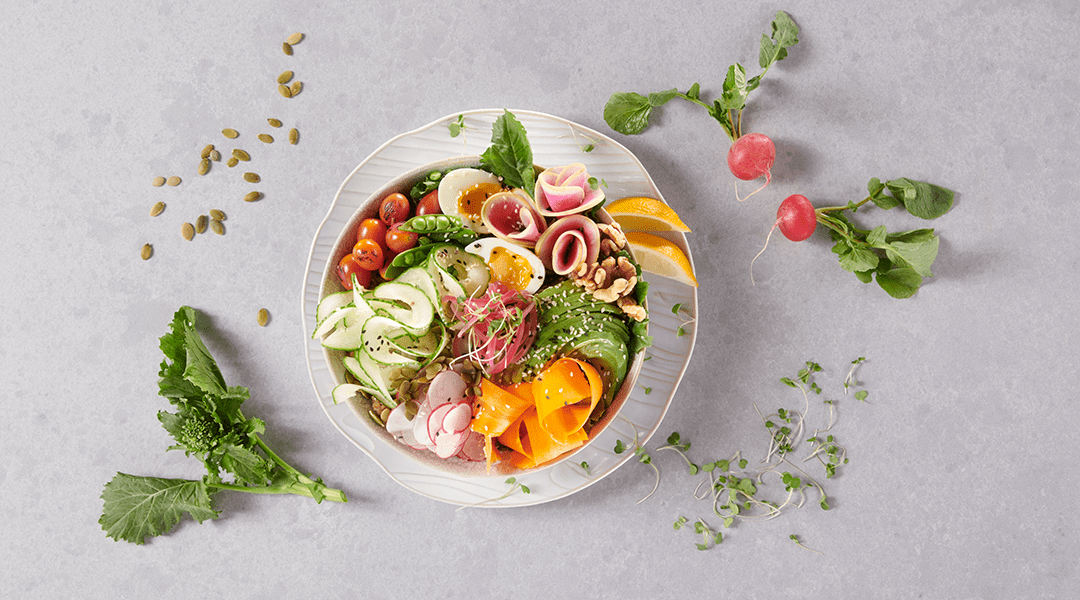“This is gross—I’d rather brown-bag it.” You’ve heard students say this, and it hurts. That’s because you care about quality and want a menu that gets students excited about eating. You also must meet nutritional requirements and stay on budget. It’s a tall order. One solution is cutting down on bid mistakes to get quality products and maximize food dollars.
By putting the focus on the food you buy, it can be a bit like buying groceries for the weekly dinner table … on a much larger scale, of course. Food purchasing for schools carries a lot of responsibility. That’s why it’s essential to consider best practices when placing a food bid.
Experts point to four areas—menu, products, capabilities and data—vital to making every food purchase count.
Look closely at the menu
You naturally want the best price for products, and buying large quantities or streamlining your order reduces costs. But you can’t begin to place an order unless you have a menu. A good starting point is a cycle menu, one written for a specific time period. For example, a four-week cycle menu offers different items each day during a four-week period, then repeats.
Maureen Pisanick, President and Chief Nutrition Officer at Pisanick Partners, points out that cycle menus offer food-buying cost controls because you know exactly what will be on the menu every day. This makes bulk ordering easier. Cycle menus also save money by establishing a labor routine and reducing waste.
The one assumption you shouldn’t make, Pisanick says, is to think cycle menus eliminate flexibility. “Don’t put in a cycle menu and leave it untouched,” she says. “Have alternative meals that can be mixed in to break up the routine using some of the same ingredients you already stock.”
This can be accomplished with menu cross-utilization, another money saver that can be addressed in your bid. Approach cross-utilization with the mindset of a fast-food operator.
“McDonald’s doesn’t use seven different burger patties, they use the same burger patty in seven different sandwiches,” says Stacy Sagowitz, RD, SNS, MBA, President and Owner of Food Safety Systems.
It’s an example of how bidding on a single SKU instead of many can simplify and save. Using one item you stock several different ways on a cycle menu won’t compromise creativity or limit options. What it does, according to Gordon Food Service® Education Segment Manager Carl Hopp, is allows the distributor to acquire items in larger volume, which results in better pricing and easier inventory management.
“You don’t see a chain restaurant making new menus weekly,” Hopp says. “Limiting products and using cycle menus allows schools to fully utilize products.”
Understand each product
Cycle menus and cross-utilization show the importance of product selection. There’s a big difference between having a hunting list with thousands of items and a specific shopping list that meets compliance and menu needs.
The more you know about items you buy in large quantities—commodity fruits, vegetables, grains, meat, cheese and more—the more efficient the bid. One way to trim the shopping list is to avoid insisting on specific ingredients if a substitute will work. This takes product research:
Check the label—does it have the needed ingredients and nutritionals?
Consider appearance—does it meet standards for how it’s used on the menu?
Conduct a taste test—does it hold up well when cooked?
Stephanie Zinger has advice on choosing new ingredients. The Fiscal Agent and Nutrition Director of the Southwestern Ohio Educational Purchasing Council tells purchasing group members to agree on item limits—pizza, for example—and save money for everyone.
“Instead of 100 pizza SKUs, get together with those in your purchasing group and reduce it to 15—everyone gets what they want and everyone benefits from a lower price based on the volume of the order.”
Kevin Crampton has another approach. The Vice President of Business Development and Contracting at HPS, a Michigan-based, member-owned GPO that serves more than 3,000 organizations in nine states, suggests buying from a single source.
“If we have a contract with one manufacturer, they get good data for forecasting and schools get a good price because there is a lot of business to be won,” Crampton says. “At the same time, schools can count on inventory management and consistent flavor and quality.”
Know your capabilities
When building bids and placing orders, communication with the distributor is essential. Each school has different storage and delivery needs, and each kitchen has different equipment and serving capacities.
Hopp advises schools not to assume unprocessed items are a value. Chopping your own lettuce requires extra time, labor and equipment. It also requires storage and handling considerations. Shredded lettuce that gets used in a salad bar, tacos and as a sandwich topping can actually save money.
“It also means less waste,” Hopp says. “All of the product is usable and none of the trimmings go into the garbage.”
Another thing to consider is delivery and storage. How much freezer or cooler space does your school kitchen have? Do food items need to be stacked? Is there a certain time of day or week you need deliveries?
“Handling product costs money for the distributor and can affect pricing, so it’s critical to know your capacity,” Sagowitz notes. Any of those factors can affect pricing, and foodservice directors who keep in regular contact with their distributor can avoid surprises.
Collect and analyze data
One of the safest ways fill your bid with foods students like is to look at data. Your point of sale (POS) system tracks every item a student buys. Data history—by week, by month or by semester—tells you the popularity of cycle menu meals or à la carte selections and can shape your bid.
“If we have two hot entrées and a salad, the data may tell us 60 percent of the kids like the Asian chicken and rice, 30 percent like the meatball sub, and 10 percent like the salad,” says Cindy Kanarek Culver, Director of School Nutrition at Marietta City Schools in Georgia. “We can use that data history to determine what we need to order.”
POS systems and other technology provide more information than ever. Data can measure inventory movement, adjust ingredient usage, monitor staff productivity, analyze plate costs and even track waste, both in the kitchen and in the dining room trash cans.
Visibility on key areas you track leads to forecasting accuracy. This is especially beneficial in creating an efficient and economical bid. Data can be used to make sure you’re getting the products you need as you comply with bidding rules unique to each state and/or district.
Kanarek Culver reminds foodservice directors that technology is only a tool. It takes a savvy manager to look at the numbers, verify them and get the bid as close to perfect as possible.
“The POS system is just a tool,” she says. “Pretty reports don’t sell lunches—I still need my managers to understand the data and keep an eye on shifting student buys.”
